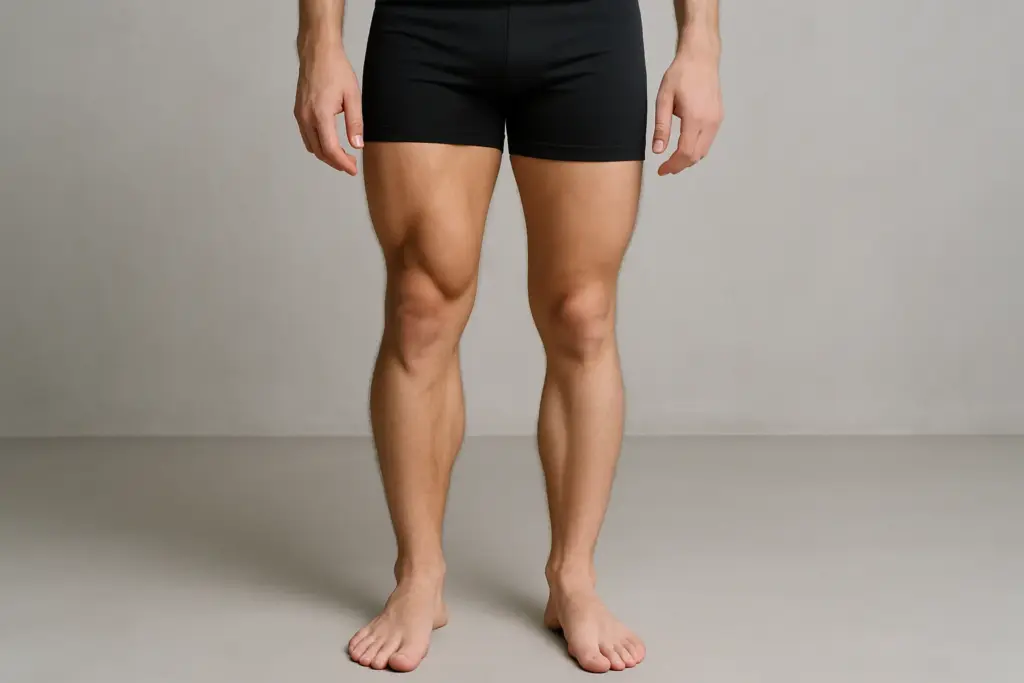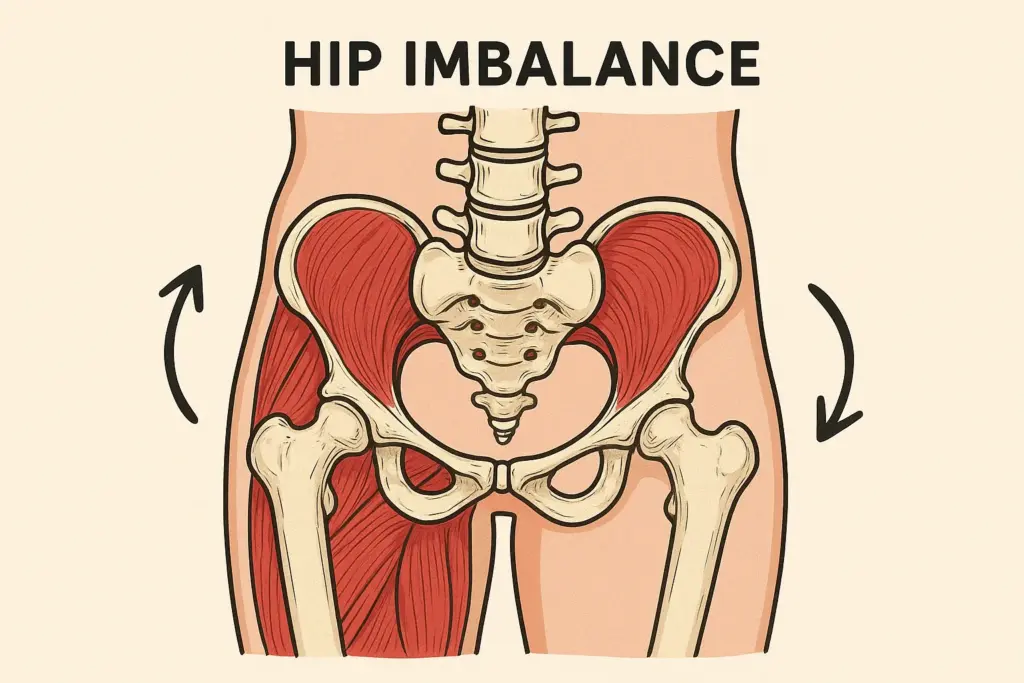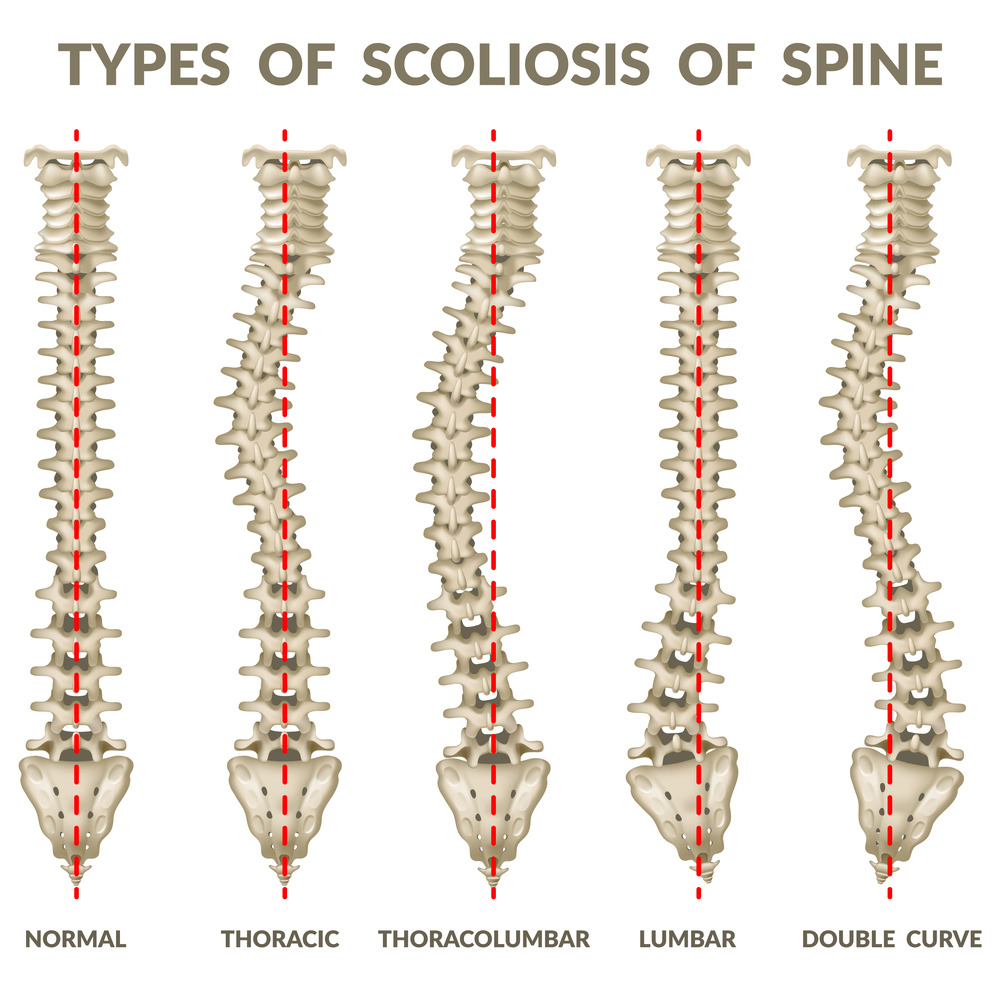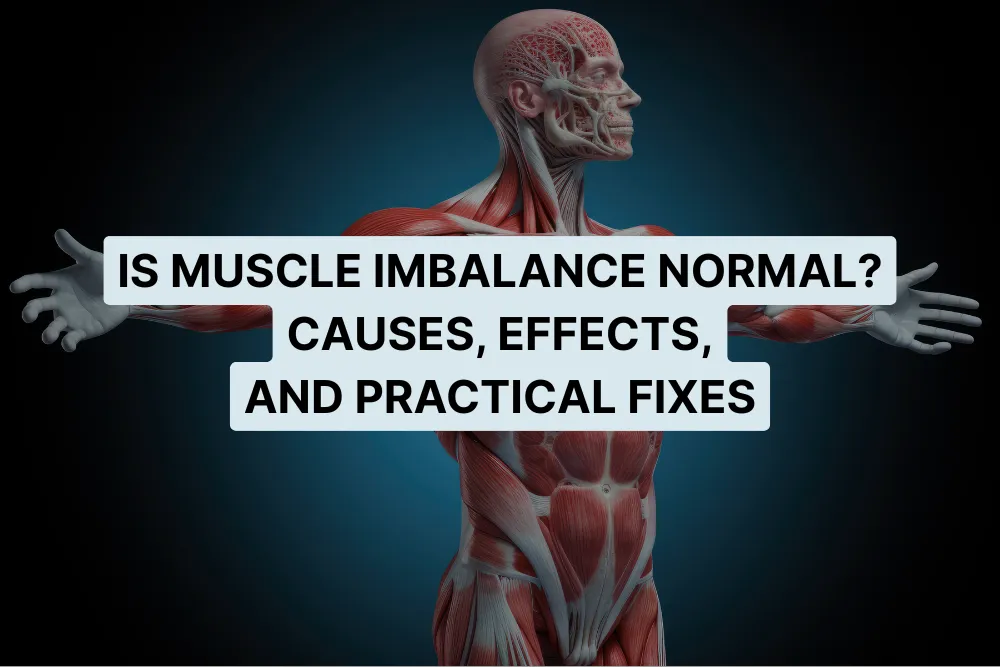Do you climb stairs and feel one leg doing all the work? Or maybe your hips feel uneven after a long day sitting?
Muscle imbalance is something almost everyone has, but for some, it can cause discomfort, pain, or even injury. Whether it’s uneven strength between your legs, tightness around your hips, or imbalance linked to scoliosis, understanding why it happens and how to correct it can make a real difference to your posture, movement, and long-term health.
In this blog, we explore what muscle imbalance really is, whether it’s normal, and what can be done for the legs, hips, and in people living with scoliosis.
Is Muscle Imbalance Normal?
Yes, to a certain extent, muscle imbalance is normal. Most of us naturally use one side of the body more often, whether it’s carrying a bag, writing, or even standing with weight shifted to one leg. These small differences rarely cause issues.
One study (Knapik et al., 1992) found that when a muscle imbalance exceeds 15% from the normal state, the risk of injuries or related complications increases by 2.6 times. Muscle imbalance becomes a concern when it contributes to:
- Visible asymmetry (like one shoulder or hip consistently higher)
- Recurring pain, stiffness, or discomfort
- Limited range of motion
- Injuries that keep coming back on the same side
If you notice any of these, it’s worth taking seriously.
Let’s explore muscle imbalance on different parts of the body.
How to Fix Muscle Imbalance in Legs
Muscle imbalances in the legs often happen after an injury, favoring your dominant side in sport, or doing repetitive movements in daily life.

The first step is awareness. Notice if you push off stairs more strongly with one leg, or if one side feels tired faster during exercises like lunges or squats. A physiotherapist can also help you do strength tests or gait analysis to measure the difference.
To correct the imbalance, focus on single-leg (unilateral) exercises such as:
- Single-leg squats
- Step-ups
- Split lunges
Start each set with the weaker leg and, if needed, do slightly more repetitions on that side until strength evens out. Pair this with stretching and foam rolling tight muscles, often the stronger side becomes tighter. Finally, balance exercises like single-leg stands or dynamic drills help retrain coordination and stability.
How to Fix Muscle Imbalance in Hips
Hip imbalances are common, especially in people who sit a lot, cross their legs in one direction, or play sports involving twisting.

Start by checking your hip alignment. Stand in front of a mirror and see if one hip appears higher or more rotated than the other.
Correction starts with strengthening weaker muscles, especially the glutes and outer hip muscles through exercises like:
- Glute bridges
- Side-lying leg raises
- Clamshells
Equally important is stretching muscles that tend to tighten up, like the hip flexors and adductors. Strengthening the core adds stability to the pelvis, helping to keep hips balanced during movement.
Daily habits matter too: avoid always crossing the same leg and change sitting positions frequently.
How to Fix Muscle Imbalances Caused by Scoliosis
Scoliosis, a sideways curvature of the spine, naturally creates muscle imbalances: muscles on the outer (convex) side of the curve become overactive and tight, while those on the inner (concave) side weaken.

Here, the goal isn’t to make both sides identical, but to improve posture, reduce pain, and protect spinal health.
The best approach includes scoliosis-specific exercise programs like the Schroth method, which combines posture correction, targeted breathing, and controlled muscle activation. Stretching the tighter, overactive muscles and strengthening the weaker ones is done carefully under professional supervision. Breathing and posture training also help balance muscles supporting the rib cage and spine.
Because scoliosis-related imbalances are complex, working with a physiotherapist or scoliosis specialist is strongly recommended.
General Tips for Preventing and Correcting Muscle Imbalances
- Include single-arm or single-leg exercises in your workouts
- Stretch regularly, especially muscles that feel consistently tight
- Strengthen your core for better stability
- Notice daily habits: how you sit, stand, and move affects your body
- Seek professional assessment if you have pain, visible asymmetry, or limited movement
In summary
Mild muscle imbalances are a normal part of being human. But when they lead to pain, posture changes, or repeated injuries, they shouldn’t be ignored. Whether it’s your legs, hips, or scoliosis-related imbalance, targeted strengthening, stretching, and better daily habits can help restore balance and prevent further problems.
If you suspect you have muscle imbalance, consider a professional assessment. Early intervention can keep small issues from becoming long-term challenges.

Amit Saraswat is the Founder of Physioveda Medical Center, a Dubai-based clinic focused on personalized physiotherapy and integrative healthcare. With a passion for patient-centric solutions, he leads the vision behind Physioveda’s evidence-based approach to pain relief and long-term recovery.

